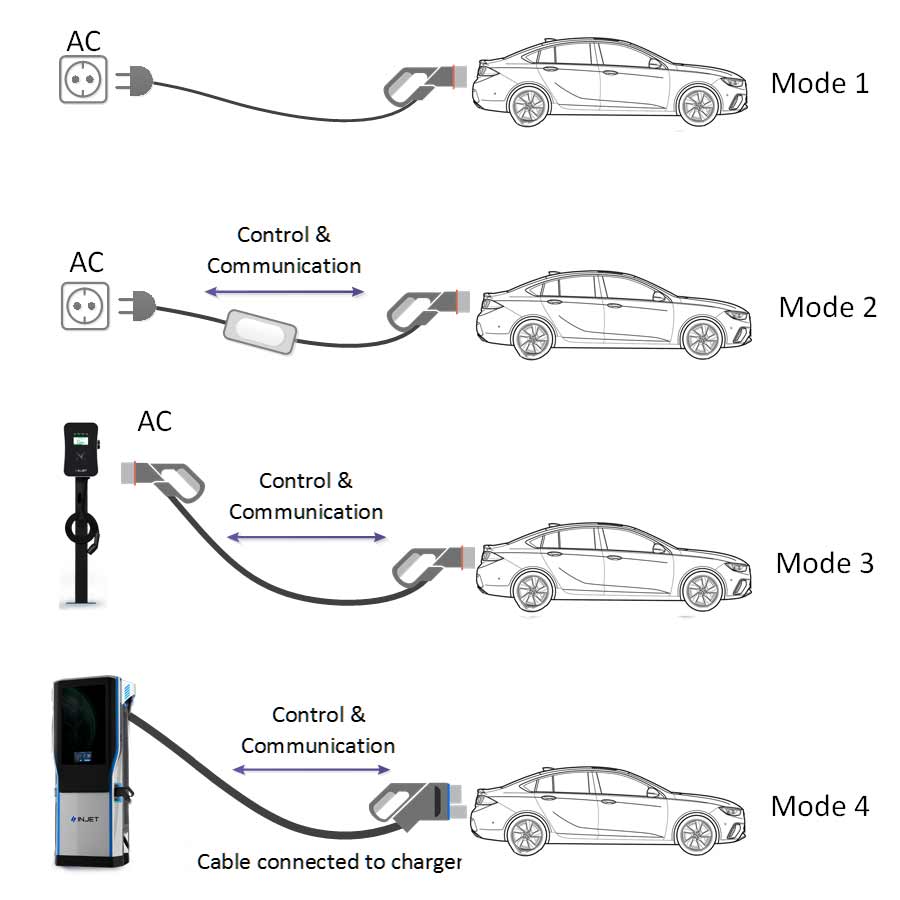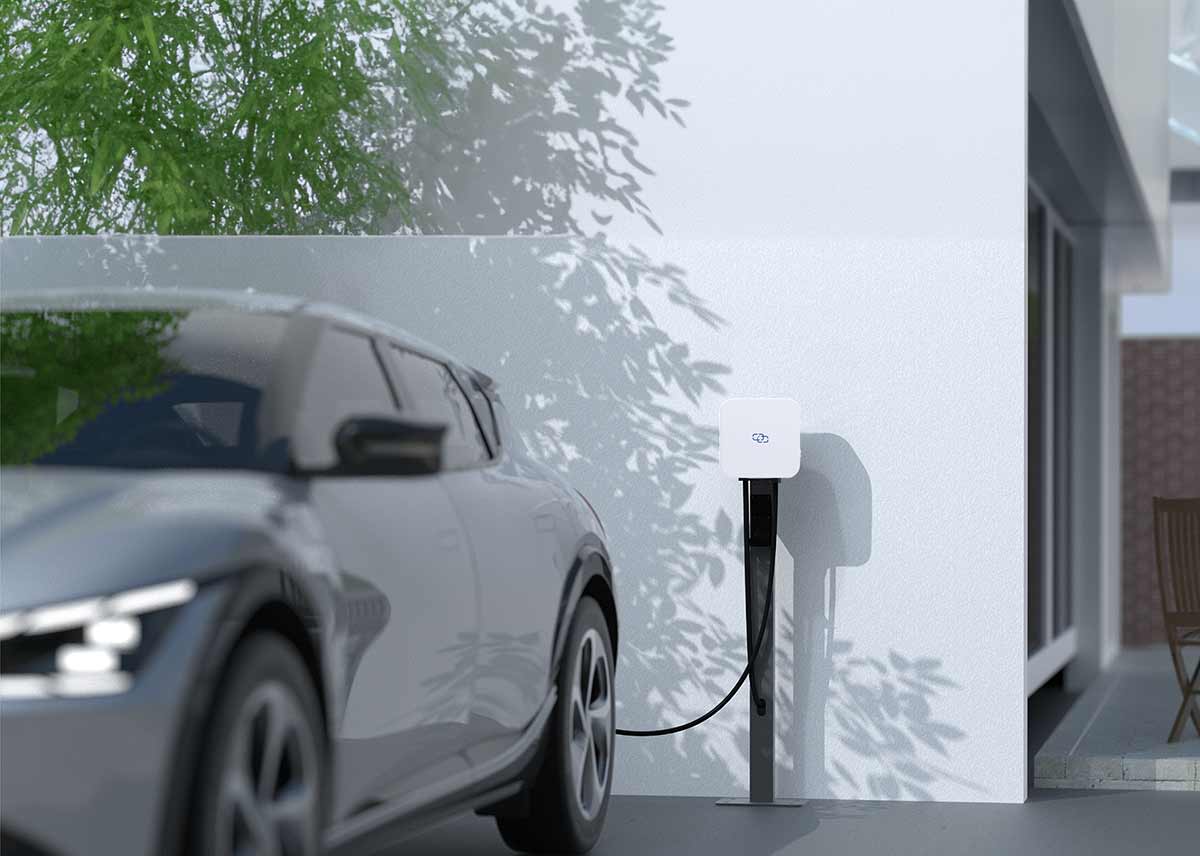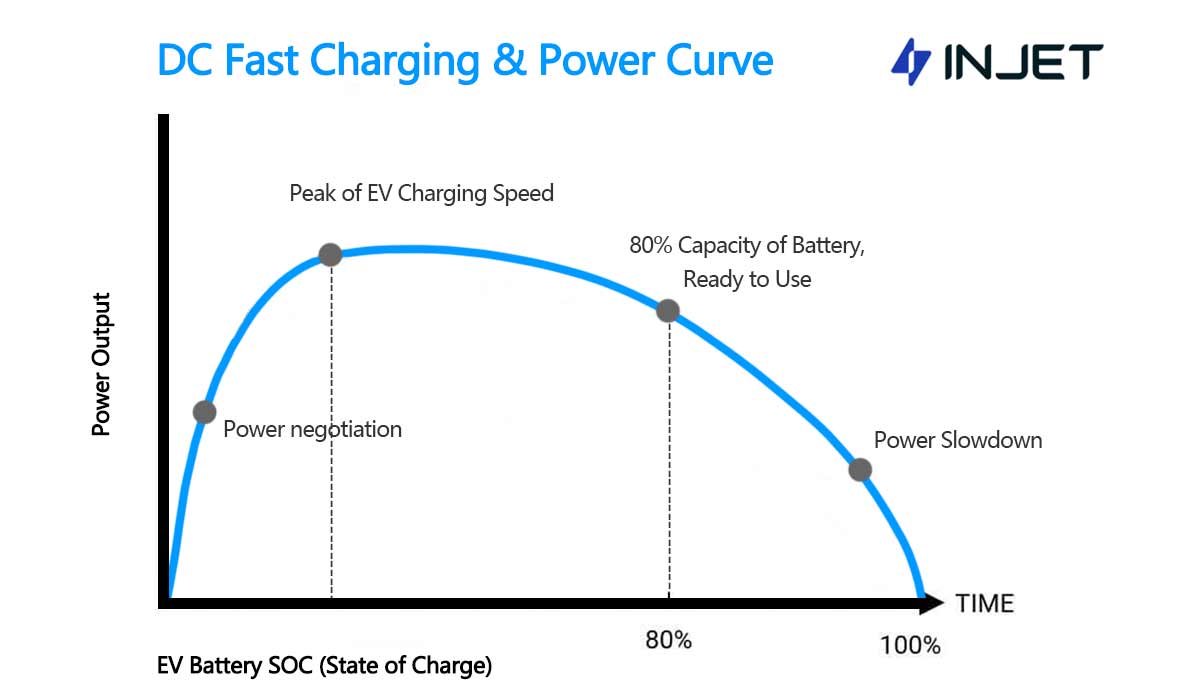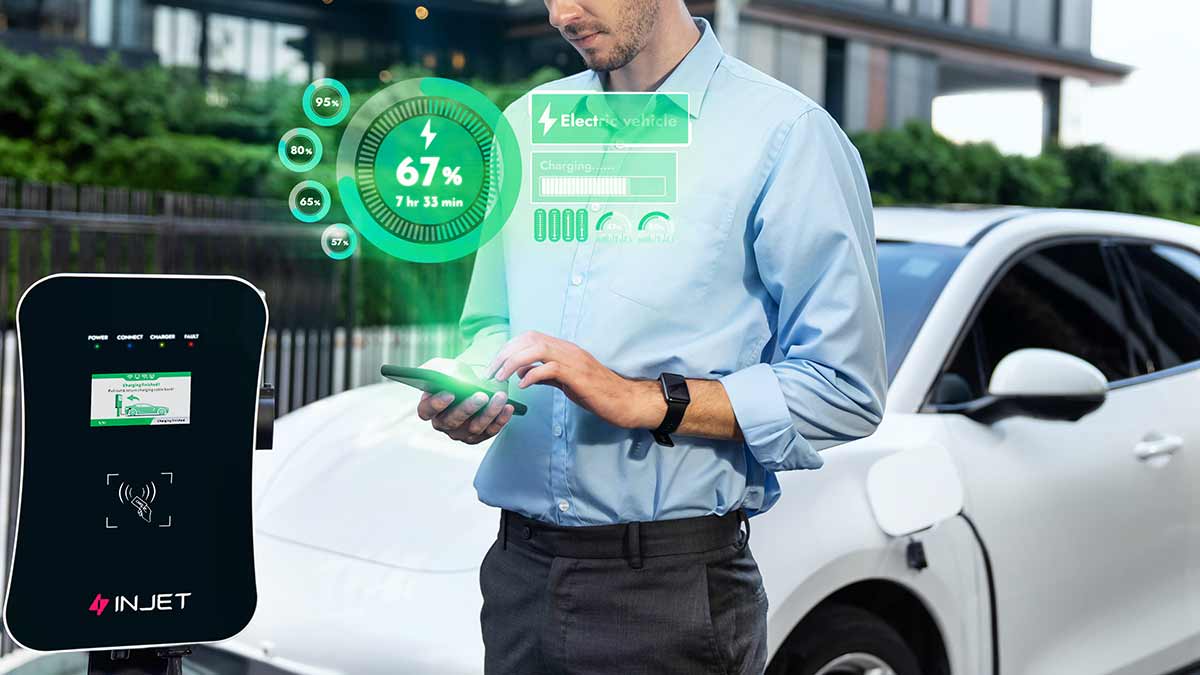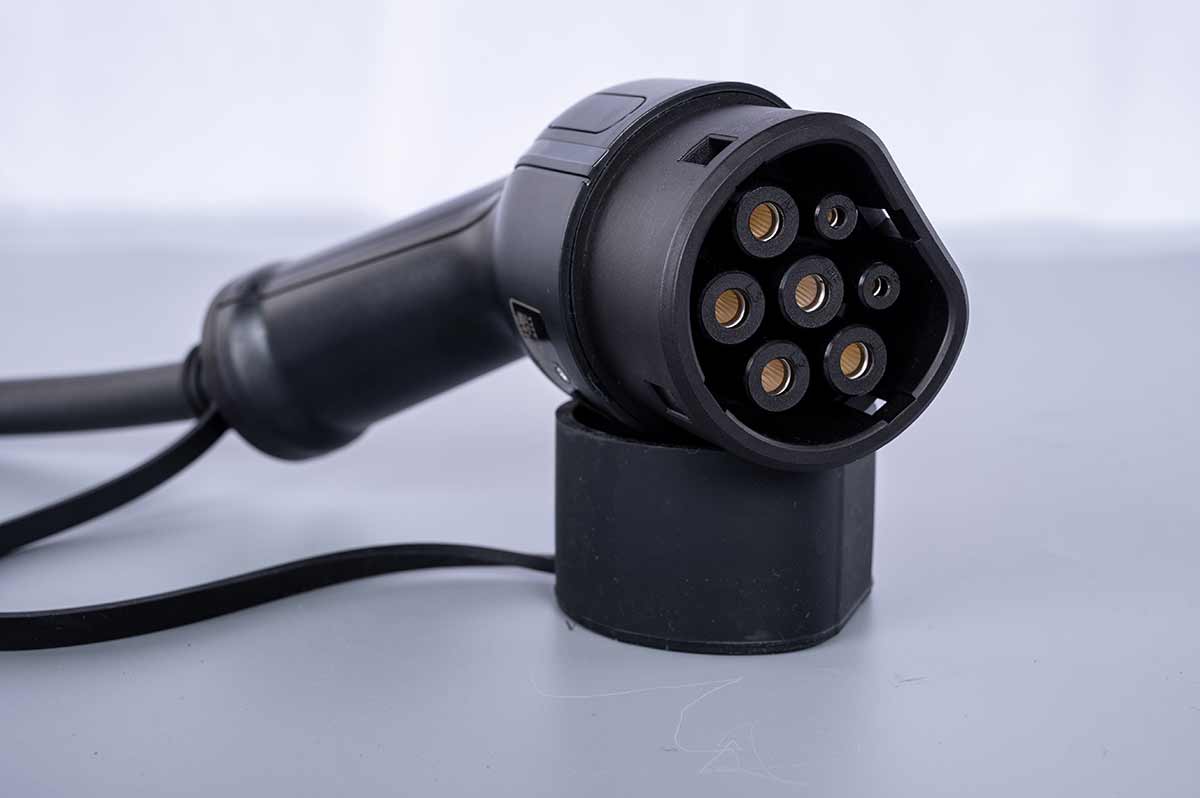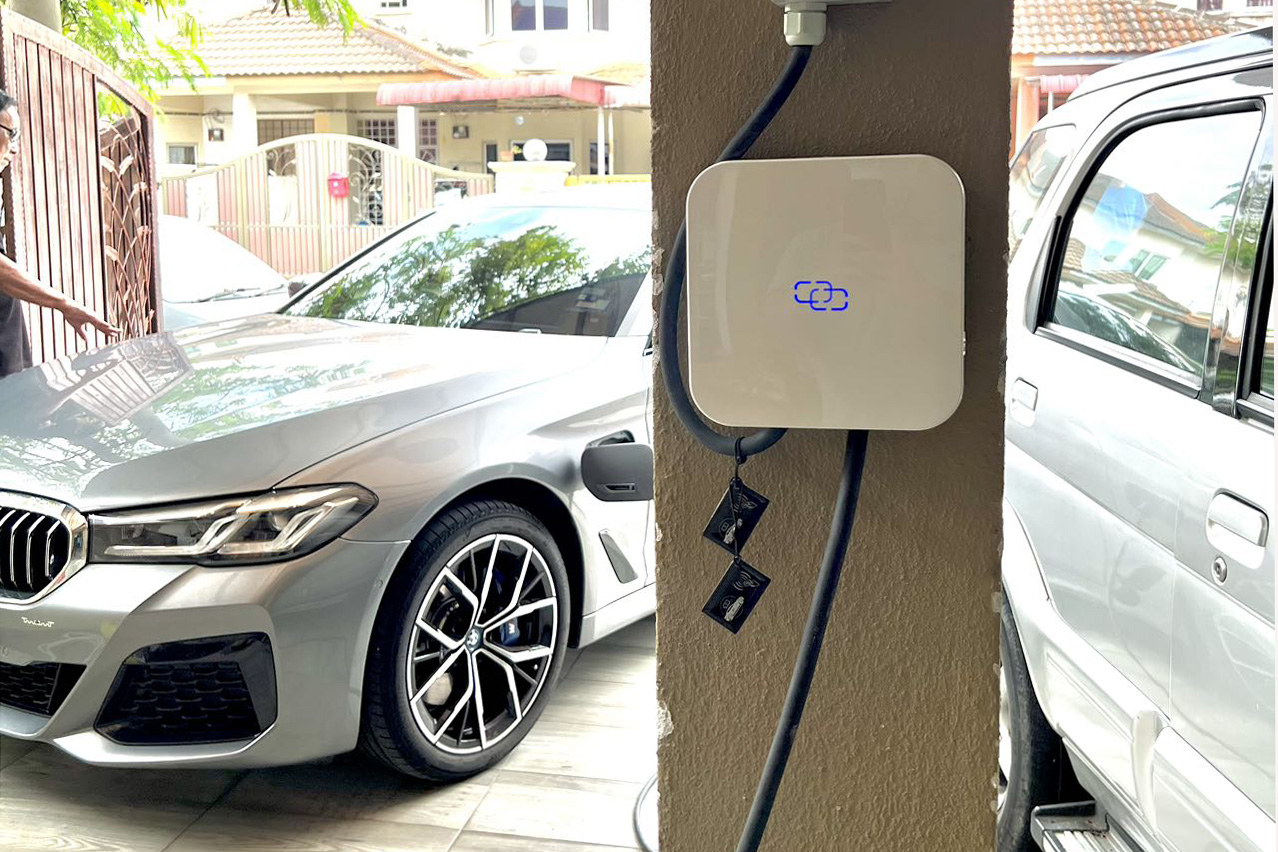Electric Vehicle (EV) charging modes refer to the different methods and standards used to charge electric vehicles. These modes are defined primarily by the type of electrical connection, the charging speed, and the communication capabilities between the vehicle and the charger.
The international standard 'IEC 61851-1' (Electric vehicle conductive charging system) shows the defines charging modes.
Four types of international charging modes
Mode 1: For Home and Emergency Use
Mode 1 involves charging from a standard household power outlet without any communication between the vehicle and the charger. It typically uses a simple extension cord and does not provide safety features against electric shock. Due to safety concerns, this mode is prohibited in many regions.
Mode 2: Safety and Overloading Enhanced
In mode 2, charging is done using a special cable that includes an integrated control box for safety. This cable provides protection against electric shocks and allows for some communication with the vehicle to manage the charging process. Mode 2 is commonly used for home charging.
Mode 3: Faster AC Charging and Installations
This mode uses a dedicated charging station or wall box that is hardwired to the electrical supply. It allows for higher power delivery compared to Modes 1 and 2, it includes safety features such as communication and controls between the charger and the vehicle. Mode 3 is considered the preferred method for most EVs, especially in public charging scenarios.
Mode 4: The DC Fastest Charging and Protection
Known as DC fast charging, mode 4 allows for rapid charging by converting AC to DC at the charging station rather than in the vehicle, which can provide much faster charging times, often allowing an EV to reach 80% charge in about 30 minutes. Mode 4 chargers are typically found at public charging stations along highways.
How do the Charging Modes Affect Your EV Charging Speed
Charger power: Higher-powered chargers charge faster.
For mode 1, it has a power output of around 1.4 kW, making it the slowest charging method.
If you are using mode 2, it can have a power output of up to 3.3 kW, 135% faster than mode 1. Some level 2 chargers can even reach 36 kW or higher.
Mode 3 offers a wide range of power outputs, typically from 7.2 kW to 22 kW, it increases the charging power greatly, mode 3 is also the most commonly used charging mode for home charging.
Mode 3 can use household power, cheap and easy to install, suitable for people who do not require high charging speed, and its excellent cost performance has been favored and purchased by many families.
Mode 4 also known as DC fast charging, can have power outputs ranging from 50 kW to 350 kW or more. This is the fastest charging method for now, some EVs can be charged to about 80% of the power in 30 minutes.
There are 800V high voltage platforms new energy vehicles will go on sale in China the coming August.
Battery capacity: Larger batteries take longer to charge
The power of an electric vehicle is mainly determined by the battery capacity, which is usually measured in kilowatt-hours (kWh). The battery capacity, the greater the vehicles running on a single charge can the farther the distance.
• Small electric vehicles: battery capacity is generally around 20-40kWh, suitable for urban commuting.
• Medium-sized electric vehicles: the battery capacity is generally about 50-70kWh, taking into account urban and suburban driving.
• Large electric vehicles: the battery capacity is generally more than 80kWh, suitable for long-distance driving.
Imaging that if you have an electric car with a battery capacity of 60kWh and is charged using an 11kW charging pile:
In theory: 60kWh / 11kW = 5.45 hours, that is, about 5 hours and 27 minutes your EV can be fully charged.
If you use a 60kW DC charging gun to charge, 60kWh / 60kW = 1 hour, you can fully charge your electric car in about 1 hour, saving more than 80% of the charging time.
However, due to factors such as charging efficiency and battery management system, the actual charging time may be slightly longer.
State of charge: A battery with a lower state of charge (SOC) will charge faster initially
When a battery has a low SOC, there's more empty space for power to fill, it allows for a faster charging rate.
You can have fast charging, if your electric vehicles’s soc is less than 80%, or your charging speed will reduce rapidly.
We suggest keeping the SOC between 20% and 80% for quick charging to meet short-distance travel demands. If you need to travel long distances, it is recommended to keep the SOC at 100%.
Environment temperature:
Temperatures can affect battery performance and reduce charging speed. Most EV batteries have an optimal temperature range, typically between 20°C and 30°C (68°F and 86°F). Within this range, the battery's chemistry and internal resistance are conducive to efficient charging.
But no worry about this, some EVs allow you to pre-condition the battery to an optimal temperature before charging, especially in extreme weather conditions.
Charging protocol: Different charging protocols can also impact charging speed.
There are many charging protocols, such as OCPP, ISO 15118, CHAdeMO, GB/T, Tesla Supercharger and CCS (Combined Charging System) etc. Different regions have different charging infrastructure standards, which affect the choice of charging protocols.
How to choose the right charging mode for your Ev?
Home and Public Charging:
Check your vehicle's manual to determine which modes it supports. If you have a single-phase power supply and don't need extremely fast charging, Mode 2 or Mode 3 is suitable. If you have three-phase power and require faster charging, Mode 3 is a better option.
Public charging stations typically offer Mode 3 or Mode 4 charging, allowing for faster charging times.
Charging Speed:
Determine how quickly you need your vehicle to charge. Level 1 chargers are slow and suitable for overnight charging, while Level 2 chargers offer faster charging speeds, making them ideal for daily use.
DC Fast Chargers (Mode 4) provide rapid charging, often reaching 80% capacity in about 30 minutes, but are typically used in public settings.
Compatibility:
Ensure the charger is compatible with your vehicle's onboard charger. Check the maximum amperage your vehicle can accept and match it with a charger that meets or exceeds this requirement.
• Tesla Model 3: Supports Mode 2 and Mode 3 AC charging, as well as Mode 4 DC fast charging.
• Volkswagen ID.4: Supports the CCS Combined Charging System, compatible with both AC and DC charging.
• BYD Han: Supports GB/T standard AC and DC charging.
Installation Location:
Decide where you will install the charger. If it's outdoors, ensure the charger is weatherproof. Consider the distance from your charging station to minimize installation costs.
• Mode 1 is outdated and not a good choice.
• Mode 2 is okay for indoors but isn't as safe.
• Mode 3 and 4 are the most common charging types now, and work both inside and outside.
When picking a charging mode, you should think about things like the charger, your car, and where you're charging. It's best to ask an expert or check your car's manual to make sure you're charging safely.
Amperage and Electrical Capacity:
Electric vehicles typically have two types of charging ports: quick charging ports and slow charging ports. Each type supports different charging modes.
The direct current (DC) charging is called as quick charging, Mode 4 is the most common mode for quick charging. This port can handle significantly higher charging currents, often ranging from 50A to 500A or more. This enables fast charging speeds of up to hundreds of kilowatts.
Mode 2 and Mode 3 are typically used for slower AC charging. The vehicle's onboard charger converts the AC power from the charging station into DC power to charge the battery. Typically, they support for lower charging currents, ranging from 16A to 32A.
The maximum charging current for charging is usually limited by the vehicle's onboard charger and the household electrical system. If you want to improve your charging system and charging speed you may need an electrician to assess and possibly upgrade your charging stations.
Smart Features:
Some mode3 or mode4 chargers offer smart features like Wi-Fi connectivity, scheduling, and energy tracking. These can provide added convenience and cost savings by allowing you to charge during off-peak hours.
In different countries and regions, electric vehicles (EVs) offer various charging modes to cater to different needs. Understanding these modes is crucial for efficient and convenient EV charging.



